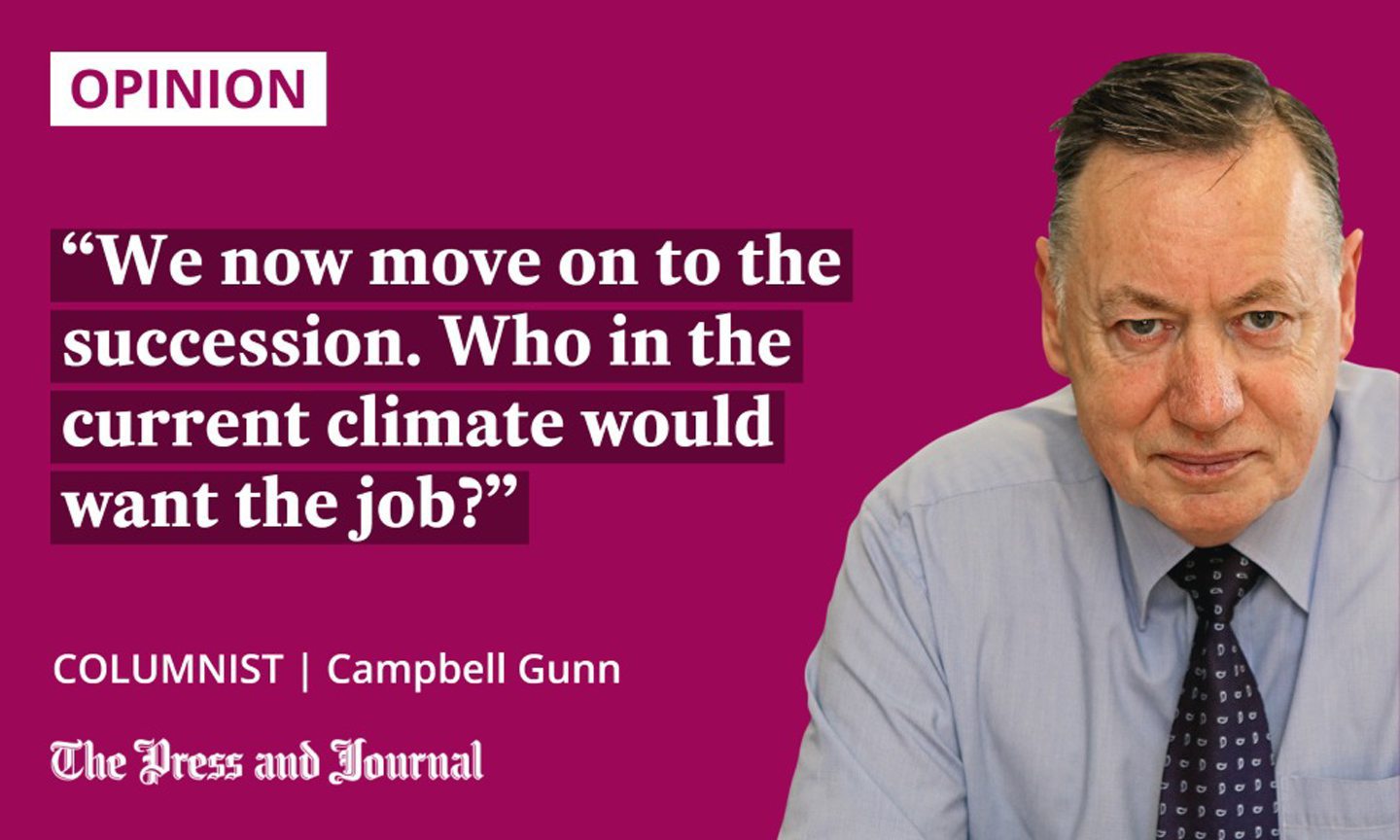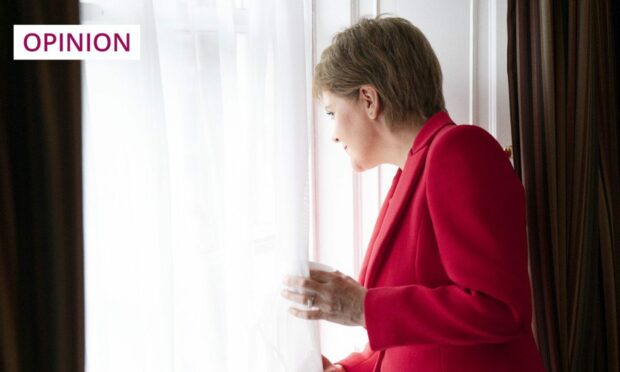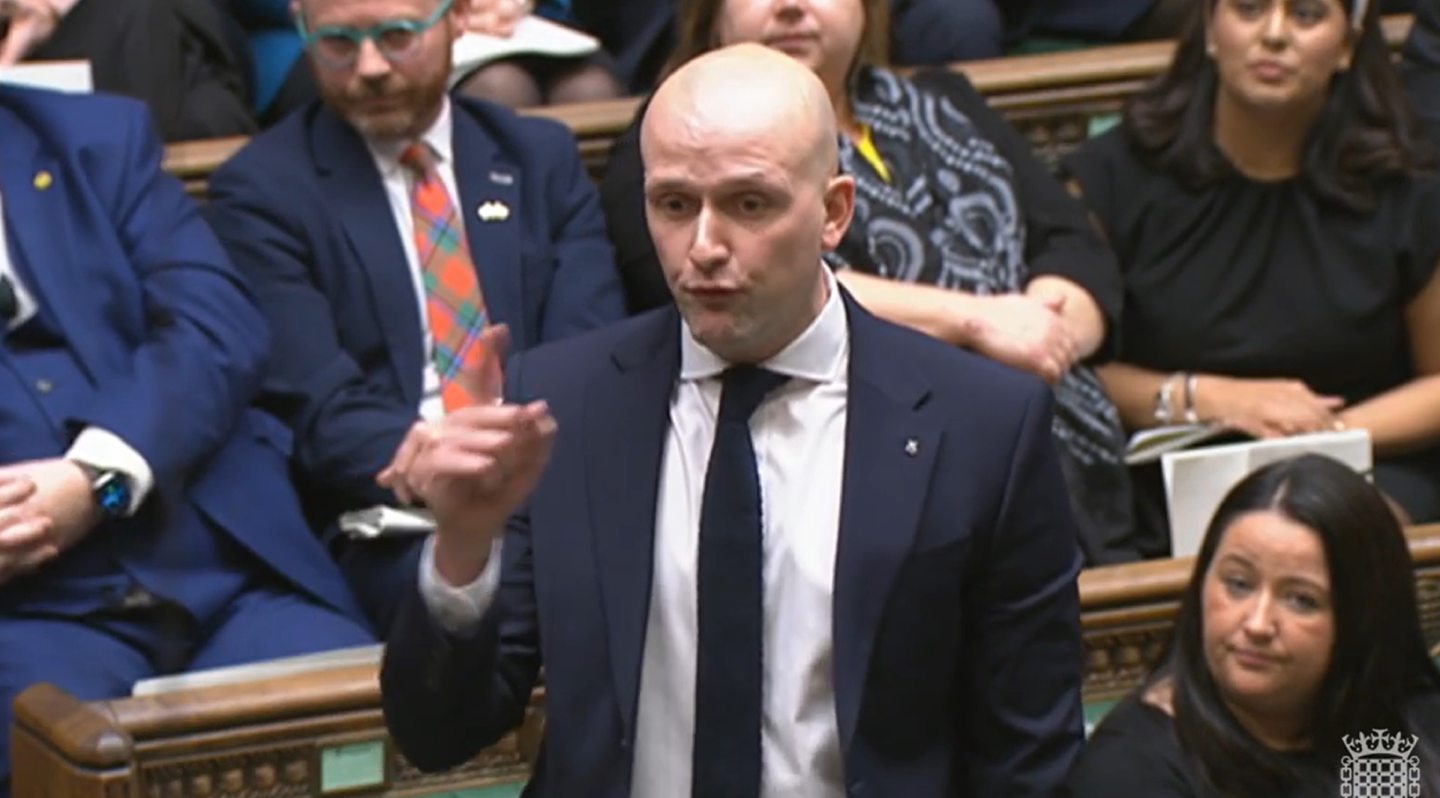Unlike Nicolas Sturgeon’s takeover from Alex Salmond, there is no obvious successor to the first minister after her resignation, writes Campbell Gunn.
I was as stunned as everyone else in the Scottish political world, when news came through that Nicola Sturgeon was to resign as first minister.
It was only 24 hours after I had written a critical column here in The Press & Journal about the direction the SNP government was taking on campaigning for Scottish independence. However, I was careful not to point the finger of blame at Nicola Sturgeon, as I believed she was still the best person for the top job in Scottish politics.
When she took over as first minister from Alex Salmond over eight years ago, there was no great surprise at the handover. Alex had staked his political reputation on winning the 2014 referendum and, when he lost, he did the honourable thing, and resigned. Nicola was the obvious successor.

This time, things are very different. Firstly, no one saw the resignation coming, and there is still no obvious reason for it. It seems to me that it was simply a combination of issues – controversy over the gender recognition reform row, complaints from business about the bottle return scheme, the failure to dual the A9 and, perhaps most importantly, no progress on pushing forward the case for independence. According to the latest polls, support for independence stands exactly that same as it did in the 2014 referendum, at of just under 45%.
There’s also the special party conference due to be held next month. The Scottish Government has suggested using the next general election as a de facto referendum. But there is considerable opposition to this idea from within the grassroots of her own party, and the real possibility that it could be defeated.
However, the loss of a sure political touch does date back to the Alex Salmond case. Leaving aside the criminal case, where Mr Salmond was cleared of all charges, why the Scottish Government insisted on pressing on with the civil case, when it was apparent to everyone that it was flawed and would be lost, is still a mystery to me.
The possible candidates
We now move on to the succession. Who in the current climate would want the job?
Wouldn’t Highland MSP Kate Forbes, tipped by many, but currently on maternity leave, prefer to concentrate on her family than moving to Bute House? She is still young and relatively inexperienced, and I believe she’d be wise to leave any political ambitions for a few years yet.
There’s little doubt that former Moray MP Angus Robertson is ambitious enough, and has the experience of leading the party in Westminster. But would he be seen as just another of the same Sturgeon generation? Keith Brown has also been mentioned, but whether he is enough of a political heavyweight for the job must be a question.
Having a first minister who is not also party leader is unthinkable and probably unworkable
The rising star of the party is undoubtedly Aberdeen’s Stephen Flynn, who has performed really well since taking over as SNP Westminster leader. I certainly see him as a future leader of the party, but taking over from Nicola Sturgeon would create practical problems.
As a Westminster MP, he couldn’t stand as first minister. We’ve had an MP as party leader before, but that was when the SNP was in opposition.
Having a first minister who is not also party leader is unthinkable and probably unworkable. For Mr Flynn to become first minister, he would have to win a seat at Holyrood, and that would entail a by-election.
For that to happen, an SNP MSP would have to commit a serious act of self-sacrifice, and give up his or her seat – presumably in or around Aberdeen – to allow a by-election to take place. And, frankly, that is not going to happen, almost certainly ruling out Mr Flynn. His time may yet come, though.
Having said I was shocked at today’s news, I also have to confess that I find it impossible to predict where the SNP goes from here, either on its leadership or, more generally, in advancing the independence cause. But, suddenly, Scottish politics is very interesting again.
Campbell Gunn is a retired political editor who served as special adviser to two first ministers of Scotland, and a Munro compleatist


Conversation